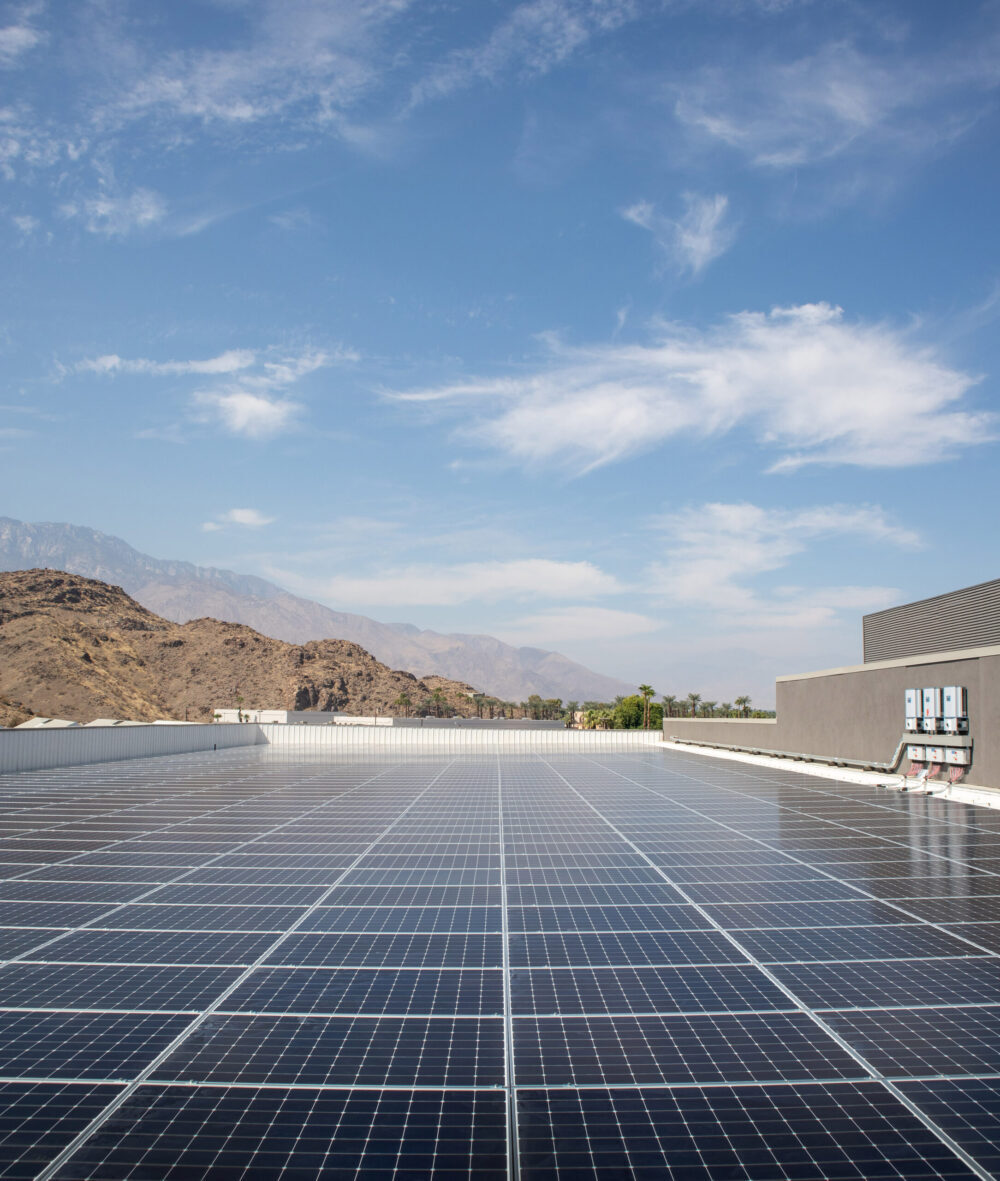In short, yes, but let’s break down the differences between net billing, NEM 2.0, and NEM 3.0.
Net Billing
Net Billing is a system for billing a customer who installs a renewable energy resource generator (like a solar system) on their property — most often their rooftop. The utility company receives excess power produced by the solar system and purchases the power at a wholesale rate. Any power that is pulled from the utility grid by the customer (usually at night), is then sold back to the customer at a retail rate. Basically, the customer with the solar system sells the power at a lower rate (wholesale) and is charged for any power pulled from the grid at a higher rate (retail).
Under this system, customers with solar and battery storage can disconnect completely from the utility grid, which leaves them in the best position to see a return on their investment. The Imperial Irrigation District (IID) is currently fighting against this option, however. It’s worth noting that since their net billing program was instituted in July 2016, solar installations have plummeted in their district.
NEM 2.0
This is the current net energy metering policy for solar customers in Southern California Edison (SCE). Under this policy, customers with solar are compensated for the excess power they produce for the utility grid at retail rates. Solar customers are also required to pay a one-time application fee between $75 and $145, depending on the city/county and the size of the system.
The NEM 2.0 policy requires solar customers in SCE to register for the Time-of-Use rate structure, which allows compensation rates to vary depending on the time of day and time of year. Solar customers are also eligible to save credits from the excess energy generated over the year, with the possibility of additional compensation if their energy usage falls below their production.
NEM 3.0
If passed, this program would require residential solar customers to pay monthly customer service and maintenance fees. There is some argument on whether these fees will be based on system size, which would disproportionately affect customers in the Coachella Valley, as our power needs are the highest in the country.
Compensation for excess energy produced by solar customers would decrease by about 50%, or wholesale. NEM 3.0 would also increase the payback period for solar customers who opted to purchase their systems in lieu of leasing.
Lastly, payback rates for solar customers would be based on projected energy prices through the utility’s Avoided Cost Calculator, which would subject solar customers to investor-owned utilities’ monopolistic pseudo-calculations.
Why It Matters
Based on the proposals of NEM 3.0, solar installations in SCE would plummet exactly like those trapped in IID’s net billing program. Investor-owned utilities have funneled billions of dollars into maintaining their stronghold over our power, and rate increases will never stop. Solar can save people thousands and allow them freedom of choice — never mind the environmental impact.
If you’re a ratepayer in SCE, tell the California Public Utilities Commission that NEM 3.0 would only benefit utilities, not ratepayers.




